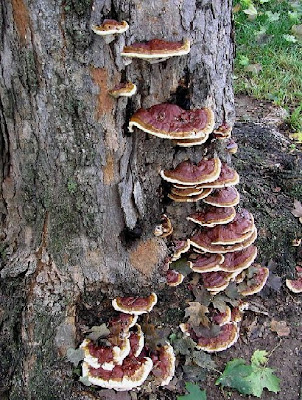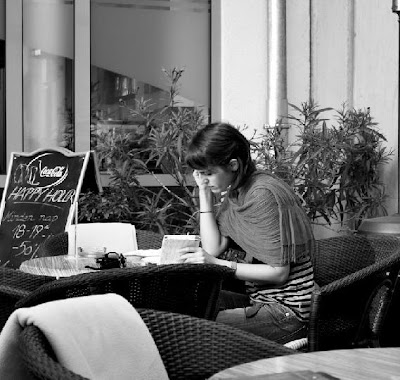Photo by http://phoenix-8.deviantart.com/
Coffeeberry is a distinguishable brand that they say that it contains not just the coffee bean but the whole fruit. The coffee berry is bright red colored and it contains the bean. Until you can have your delicious morning coffee, farmers need to extract the bean from the coffee berry. Coffeeberry is the exact the same process of harvesting but without the bean extraction.
Like any fruit, coffee distributes it's nutritive powers throughout the whole fruit, not just in the seed. The coffee fruit is extremely rich in antioxidants and beneficial nutrients, things that people from coffee growing regions knew for a very long time. As a result, Coffeeberry contains more nutritional substances than regular roasted coffee beans.
Coffeeberry is good for the human body mainly because it contains phenolic acids, a lot of them. Why is this a good thing you may ask? It's a good thing primarily because these acids are good antioxidants. This is because they say that Coffeebean grows on the slopes of high-altitude volcanic mountains. This is the place where the coffee tree gathers it's many nutrients.
Coffeeberry's antioxidants come from polyphenols or phenolic acids which:
- Neutralize toxic free radicals.
- Help protect against systemic oxidative stress.
- Help reduce the incidence of oxidative pathologies such as coronary heart disease.
- Provide health benefits associated with glucose management, Type 2 Diabetes and Metabolic Syndrome, depression and anxiety and oral health.




